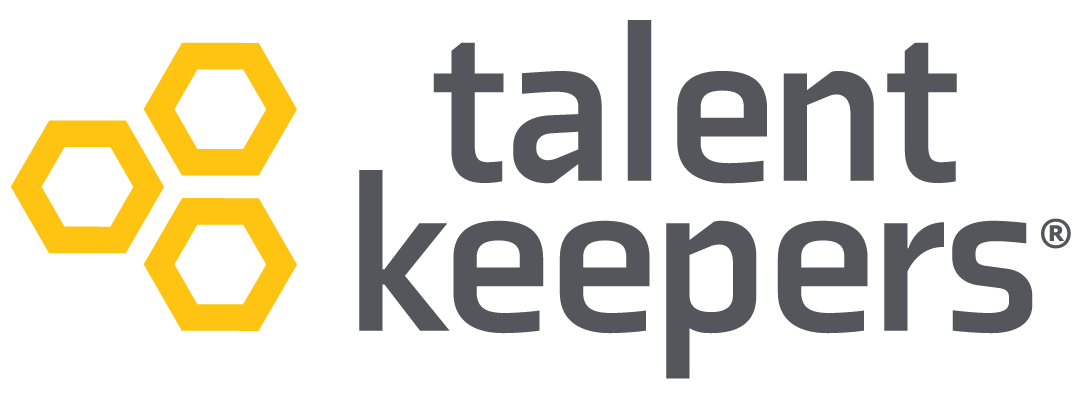Communicating critical information and gaining essential feedback.
1. Proactively share the organizational direction. Keep team members “in the know” and engage them in the process.
Implementing change effectively can mean taking advantage of market opportunities versus playing catch-up to competitors. When communicating organizational changes, it is vital to leverage the entire leadership team, from the C-Suite to the frontline. Failure to do so can result
in lower-level leaders “blaming up” when team members ask why the change.
· Blaming up occurs when a leader tells team members they don’t know what the proverbial “they” were thinking when “they” decided to make the change.
· This feels comfortable to the leader but has very negative impacts.
· Blaming up causes team members to hesitate before implementing the change. They think the difference may not stick as their leader’s feedback does not support it.
· Additionally, blaming up can erode confidence and trust in senior leadership.
· To determine if a leader is blaming up, listen for two words when describing why
the organization made a change: “they” or “we.”
The antidote for blaming up is “sharing down,” and it has three simple elements:
1. Give advance notice to all leadership levels when announcing changes whenever possible. This allows leaders to react to the change, ask questions, and prepare to support it with their teams.
2. Provide leaders with the talking points:
i. Why the change?
ii. What alternatives did leadership consider?
iii. What benefits does the organization hope to achieve by making the change?
3. Establish an upward feedback channel for leaders to get answers to questions from team members they cannot provide themselves. This will empower them to be responsive to their teams and allow the organization to understand employees’ questions regarding the change.
Discussion Question: Think of the last time you responded to questions
from your team regarding an organizational change.
i. Did you blame up, or were you an advocate for the decision?
ii. How did your response impact your team?
iii. What can you do to avoid “blaming up” when announcing organizational changes?
3. Solicit and value input from team members regarding work-related processes and challenges.
High-performing organizations create a culture of continuous improvement by asking all team members to identify opportunities to become more effective and efficient. Processes to encourage this behavior range from formal expectations as part of a performance plan to anonymous suggestion boxes. The more effective approaches formalize the process and provide rewards for beneficial ideas.
People closest to a process are usually in the best position to identify opportunities for improvement and can provide unique and creative ideas.
· One classic example is when the McIlhenny Company, the maker of TobascoTM hot sauce, went looking for ideas to increase sales.
· The sales and marketing function generated many ideas to increase market share and competitiveness.
· However, a frontline manufacturing employee developed a different and very impactful idea.
· The famously small opening to the TobascoTM sauce bottle made it challenging to get a large amount of the sauce out at once. Enlarging the bottle opening allowed
more sauce per serving and ultimately increased sales volume.
Follow these steps to create a culture of continuous improvement:
1. Formalize the expectation that all employees should look for ways to improve their performance processes.
2. Provide specific forums for ideas to be discussed.
3. Communicate specific issues or challenges the organization is trying to address and ask team members to submit ideas.
4. Recognize team members who develop practical improvements and, where appropriate, provide rewards.
5. Welcome unsolicited suggestions for improvement and thoroughly explore the merits of the ideas. Provide feedback to team members who provided the suggestions.
Discussion question: Think of a time when a performing team member improved a process enhancement.
i. How was the idea submitted?
ii. Was the team member appropriately recognized?
iii. Discuss how you can implement the steps outlined above to create a culture of continuous improvement within your team.







